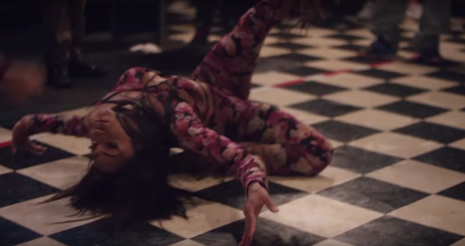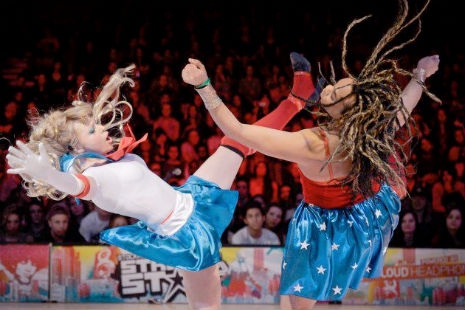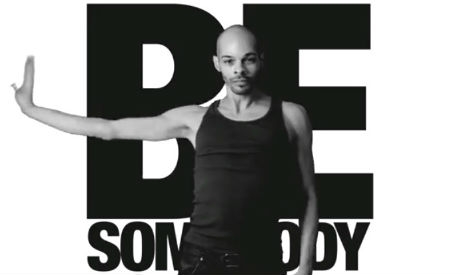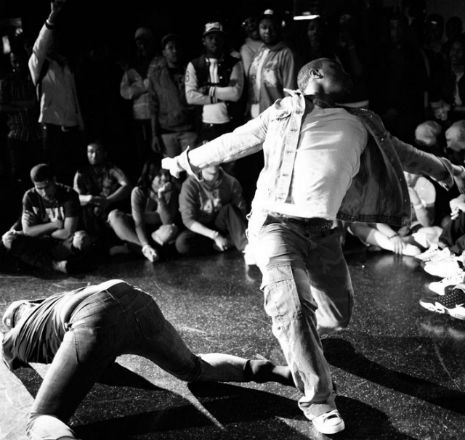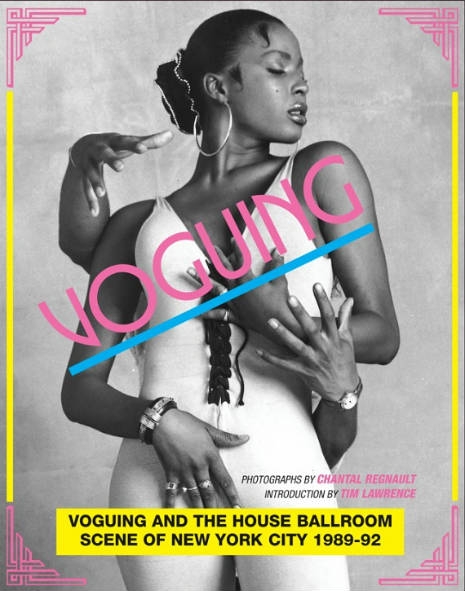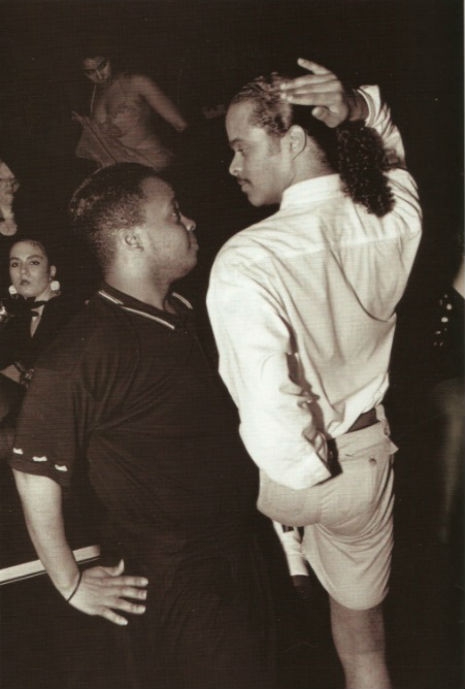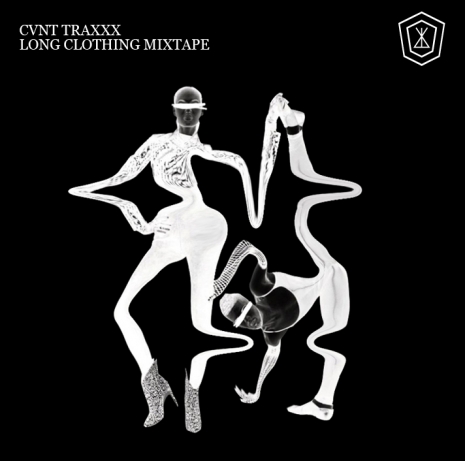
I have a new house music project, and it’s renewing my faith in this whole “making music” malarkey.
It’s called CVNT TR4XXX, or if you don’t mind bad language, CUNT TRAXXX. If you;re wondering why I chose that name, the c-word has been used in drag and gay circles for quite a while as a compliment, and CVNT (for short) is dedicated to VOGUING and the culture that surrounds it, which is heavily gay, trans and femme.
As the picture I use as a logo states:
CUNT: (adj) a term used in gay slang to describe someone who is impressive, original or fantastic in regards to style or demeanour.
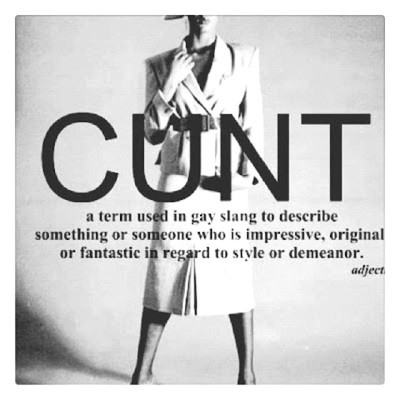
This week the London-based fashion label Long Clothing have uploaded a CVNT mix I put together showcasing some of my sounds, and a lot of others who operate in roughly the same ballpark.
For too long, house music has been perceived as a European-dominated scene (which it is to an extent) but it’s important to remember the roots of this music, and that it was born in the ghettos of Chicago, produced mostly by black and queer kids messing around with drum machines and boxed-up synth modules.
Not to mention house music’s spiritual home of New York City, the town that gave birth to voguing, and that, in the early 90s at least, spearheaded an assault of queer/black/latino/drag culture on the popular consciousness. Madonna didn’t start that shit, you know.
For those of you who don;t know, voguing was not just a fad, it was and still is a unique and complex culture in its own right, and it lives on, stronger than ever. That’s the real inspiration for starting CVNT, watching clips of various new way vogue dancers competing on YouTube and dreaming up a soundtrack to make them go wild to.
There’s some other kinds of house on this mix too, most notably “Jersey Club”, which features a distinctive 5-kicks-to-the-bar rhythm, a little bit of a “B-More”/Baltimore influence (similar to Jersey Club but with breakbeats) and “ballroom”, which is essentially house music for new way voguers and combines elements of B-More and Jersey Club with a heavy dose of 90s diva realness.
I call all this stuff “future house” because these genres are taking house music in a different direction, but one that is still very much connected to the black/gay undergrounds where they started. This music has got very little to do with dub, or spending hours tweaking a synth patch to sound good in a k-hole. This is defiantly DANCE music, designed to make you MOVE. Most of it is based around the rhythm, cutting up tiny samples of speech and music and arranging it around quick-fire patterns. This is music from the MPC generation, where you don’t get money for anything, but the synths are free.
Besides, I’m SICK of boring bloody minimal, ploddy bro-step and electro-house! As “EDM” takes more and more of a foothold in the American consciousness it’s worth reminding people that YOU GUYS INVENTED IT. You still have PLENTY of homegrown talent pushing these genres forward right on your own doorstep, but possibly not in the places you’d expect to find them.
If I can point anyone in that direction, then it’s a start.
Here’s the mix for Long Clothing, which you can download from their website. The tracklist is here.
BONUS!
Here’s a couple more tracks for good measure, from the Death Drops EP:
You can hear more productions on the CVNT TR4XXX SoundCloud page.
Posted by Niall O'Conghaile
|
01.25.2013
03:30 pm
|
